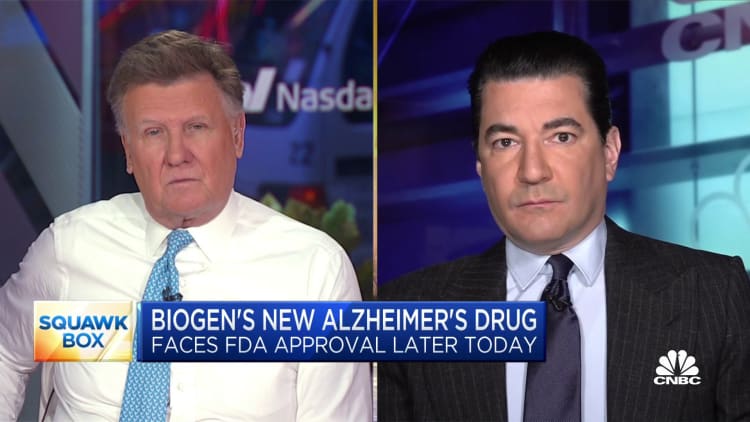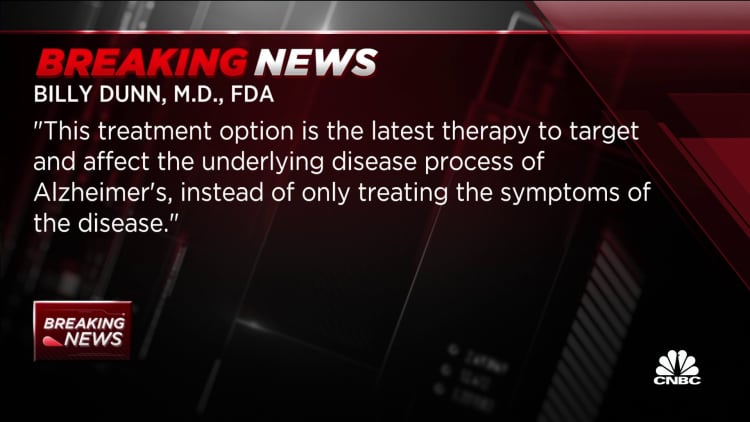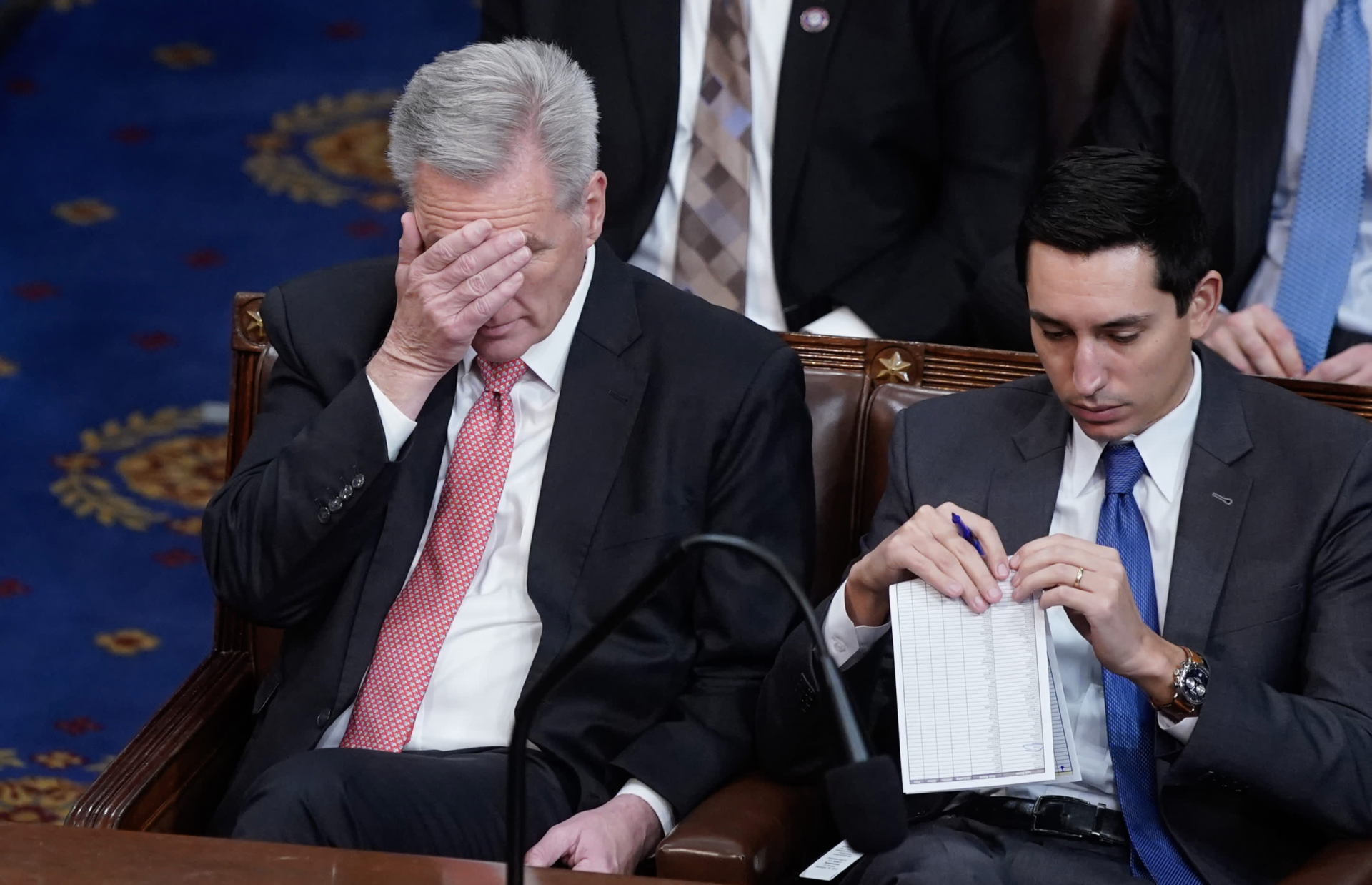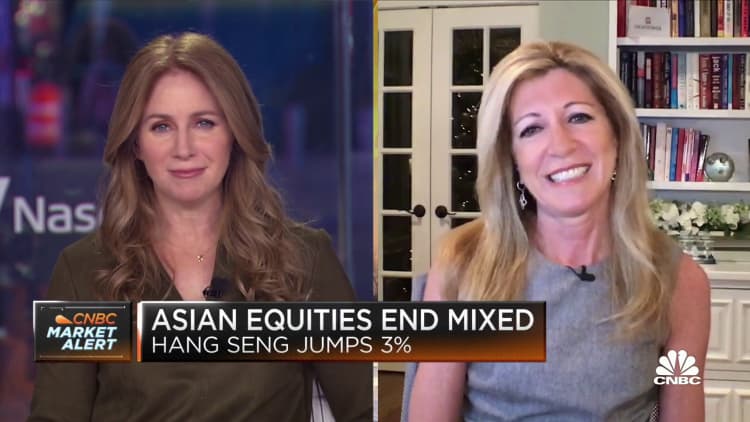Dragos Condrea | Istock | Getty Images
If you’re signing up for Medicare, you’ve likely discovered that there are a lot of out-of-pocket costs that come with your coverage.
For about 23% of Medicare’s 65.1 million beneficiaries, the solution for covering those outlays is a so-called Medigap plan.
These policies, sold by private insurance companies, generally pick up part or most of the cost-sharing — i.e., deductibles, copays and coinsurance — that comes with basic Medicare (Part A hospital coverage and Part B outpatient care).
However, they do have limitations, and monthly premiums can be pricey.
More from Personal Finance:
How to reduce financial sting of home maintenance, repairs
Some 2023 Medicare costs are higher, some are lower
Where to keep cash amid high inflation, rising interest rates
Nevertheless, some beneficiaries determine that pairing basic Medicare with a Medigap policy is a better fit than choosing to get their Parts A and B benefits delivered through an Advantage Plan (or having no supplemental insurance at all). Those plans, which can restrict coverage to in-network providers, also usually include Part D prescription drug coverage, often come with no premium and may offer extras such as dental and vision.
The reasons that some beneficiaries instead choose Medigap alongside basic Medicare vary from person to person, according to Elizabeth Gavino, founder of Lewin & Gavino and an independent broker and general agent for Medicare plans.
For example, she said, they may want more freedom in choosing doctors and other providers or need coverage while away from home — i.e., they travel a lot, sometimes for extended stays. (Advantage Plans may disenroll you if you remain outside their service area for a certain time — typically six months.)

Here’s what to know about Medigap policies if you’re considering purchasing one.
Medigap policies are standardized
Medigap policies are standardized across most states — available plans are designated A, B, C, D, F, G, K, L, M and N — so you know the benefits are the same regardless of where you live or which insurance carrier is offering, say, Plan G or Plan N.
However, not every plan is available in all states. And, Plans C and F aren’t available to people who are newly eligible for Medicare in 2020 or later.
To be clear, each lettered plan differs in what is covered.
For instance, some may pay the full Part A deductible ($1,600 per benefit period in 2023), while others don’t. The Centers for Medicare & Medicaid Services has a chart on its website that shows the differences. You also can use the agency’s search tool to find available plans in your ZIP code.
Many states let doctors have a 15% ‘excess charge’
Also be aware that in many states, some doctors or other providers may charge you the difference between the Medicare-approved amount under Part B and their full fee, with a 15% cap on that “excess charge.”
“If your state is one that allows up to the 15% excess charge, consider [a plan] that covers it,” Gavino said.
Also, be aware that Medigap plans don’t cover costs associated with prescription drug coverage — unless, perhaps, the policy was issued prior to 2006. This means you’d need to purchase a standalone Part D plan if you want that coverage.
Medigap also doesn’t cover services that are excluded from Medicare’s coverage, generally speaking, such as dental or vision.
There are rules that go with Medigap signup
When you first enroll in Part B, you generally get six months to purchase a Medigap policy without an insurance company checking on your health history and deciding whether to insure you.
After that, depending on the specifics of your situation and the state you live in, you may have to go through medical underwriting.
There’s huge variation in cost
Despite Medigap policies’ standardization, the premiums can vary greatly.
For example, in New York, the lowest monthly premium for Plan G is $278 and the highest is $476, according to the American Association for Medicare Supplement Insurance. In Iowa, the least expensive Part G policy is $79 and the most expensive is $192.
There are several reasons for the wide variance in pricing, said Danielle Roberts, co-founder of insurance firm Boomer Benefits. That includes the cost of health care in your area, the open enrollment rules for your state and the actual loss ratio experienced by the insurance company across all policyholders with that same plan, she said.
“For example, Medigap plans cost more in New York because they have year-round open enrollment,” Roberts said.
If the carrier can’t underwrite for health, then they must raise the rates for everyone.
Danielle Roberts
Co-founder of Boomer Benefits
“This means that residents there can literally wait until they get sick to buy a policy,” she said. “If the carrier can’t underwrite for health, then they must raise the rates for everyone.”
Additionally, insurance companies routinely roll out new plans, Roberts said. So if an insurer begins offering a plan and taking on new policyholders for it, over time the premiums rise a little each year due to inflation and claims, making that plan less competitive when another insurer opens a new plan that hasn’t incurred any losses yet, she said.
“Healthy people who can pass underwriting begin to switch plans to the cheaper company and then the first company is left with a lot of people who can’t pass underwriting to switch,” Roberts said. “That is an aging block of business with many policyholders who have costly health conditions, which further drives up the rates.”
The way a Medigap plan is ‘rated’ also matters
Another difference in Medigap premiums can come from how the plans are “rated.” If you know this, it may help you anticipate what may or may not happen to your premium down the road.
Some plans are “community-rated,” which means everyone who buys a particular one pays the same rate regardless of their age.
Others are based on “attained age,” which means the rate you get at purchase is based on your age and will increase as you get older. Still others use “issue age”: The rate won’t change as you age, but it’s based on your age at the time you purchase the policy (so younger people may pay less).
These are some other things to consider
Svetikd | E+ | Getty Images
If you work with an agent, ask how many insurance companies they work with (or are “appointed with”), according to the American Association for Medicare Supplement Insurance. They may not recommend a particular insurer’s policies if they don’t get a commission to do so.
There also may be a household discount offered.
“One trend we see is that carriers are becoming more lenient with this and not requiring the spouse to be on the policy to qualify,” Roberts said. “Many will give you a discount just for having another person living at the same residence.”
Also, be aware that some insurance companies give large discounts to new enrollees, but the reduction in price may go away in a year or two.
“You’ll want to know that up front,” Roberts said.
















